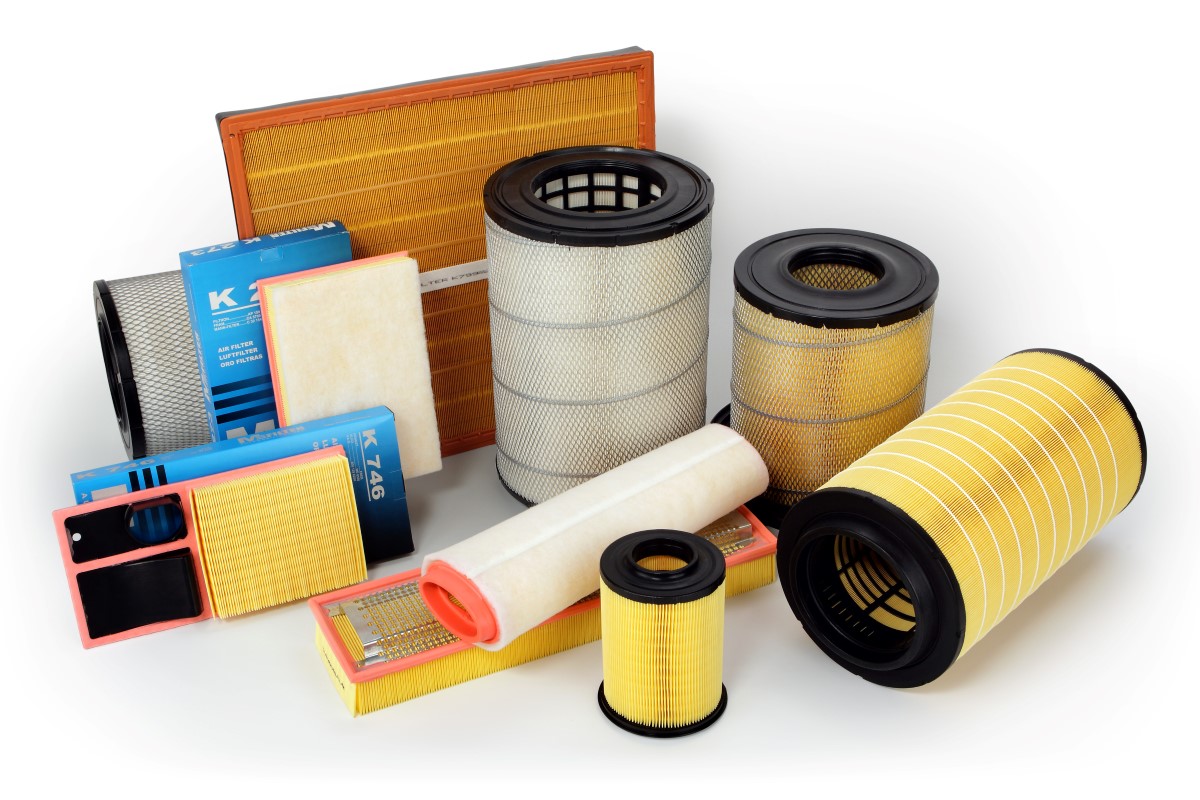
Auto air filtration systems are very important components of a vehicle’s engine system, playing a critical role in maintaining engine performance and efficiency. Located within the air intake system, these filtration systems serve to cleanse bmc filters air entering the engine by holding dust, debris, pollen, and other contaminants. The value of this filtering process cannot be overstated, as the standard of air that enters the engine directly impacts combustion efficiency. A clean air filter ensures that the engine receives the proper air-to-fuel relation, optimizing performance and fuel economy. On the other hand, a dirty or clogged air conditioning filter can hinder airflow, leading to reduced engine power, increased fuel consumption, and higher emissions.
The design of auto air filtration systems has evolved significantly over the years. Traditionally, most air filtration systems were made from paper elements, but advancements in technology have introduced various materials, including foam and cotton, that offer improved filtering and airflow characteristics. Man made materials, for instance, can trap smaller allergens than traditional paper filtration systems, enhancing engine protection. Additionally, high-performance filtration systems are now available, designed for enthusiasts seeking to maximize power and torque. These aftermarket options often boast higher flow rates while maintaining effective filtering, demonstrating beneficial for performance-driven vehicles.
Regular maintenance of auto air filtration systems is critical for vehicle longevity and efficiency. It is generally recommended that drivers check and replace their air filtration systems every 12, 000 to 15, 000 miles or as specified in the vehicle’s owner manual. However, driving conditions can influence this schedule; vehicles frequently driven in messy or toxified environments might have to have more frequent changes. Disregarding to switch a dirty air conditioning filter can lead to a bunch of problems, including engine misfires, reduced velocity, and even potential engine damage over time. Therefore, incorporating air conditioning filter checks into routine vehicle maintenance can lead to cost benefits in repairs and fuel efficiency.
One often-overlooked selling point of maintaining clean air filtration systems is their affect vehicle emissions. As environmental regulations become stricter, the auto industry is continually seeking ways to reduce harmful emissions. A clean air filter allows for complete combustion, which can lower the numbers of unburned hydrocarbons and other contaminants emitted from the exhaust system. By ensuring that your air conditioning filter is clean, you not only improve your vehicle’s performance but also contribute to a greener environment. This aspect is increasingly important as more individuals are becoming green conscious and researching ways to reduce their h2o and impact.
Choosing the right air conditioning filter is another critical aspect for vehicle owners. While original equipment manufacturer (OEM) filtration systems provide adequate filtering and performance, aftermarket filtration systems may offer additional benefits. Performance-oriented filtration systems can enhance airflow and improve power but might have to have more frequent maintenance and replacement. On the other hand, some premium filtration systems can be cleaned and reused, providing a cost-effective and environmentally friendly option. Understanding the pros and cons of different air conditioning filter types can help drivers make informed decisions that line-up with their performance goals and maintenance preferences.
In the context of the growing trend of electric vehicles (EVs), the role of air filtration systems is shifting. Although traditional combustion motors rely heavily on air filtration systems for optimal performance, EVs primarily use cottage air filtration systems to enhance voyager comfort. These filtration systems cleanse the air entering the cottage by removing contaminants, allergens, and scents, ensuring a healthier driving environment. As the market for EVs stretches, manufacturers are increasingly focusing on developing advanced cottage air filtration systems, using technologies such as activated h2o and and HEPA filtration systems to improve air quality inside the vehicle.
The installation of an air conditioning filter is typically a straightforward process, but it can vary depending on the make and type of the automobile. Most drivers can easily access their air filtration systems by opening the engine drawer, though some vehicles might have to have special tools or additional steps. For those less familiar with auto maintenance, consulting a professional auto mechanic or referring to the vehicle’s service manual is advisable. Proper installation ensures that the filter fits snugly and functions effectively, preventing unfiltered air from entering the engine.
Schooling consumers about the incredible importance of air filtration systems is essential for encouraging better maintenance habits. Many vehicle owners may not know the role of air filtration systems or the consequences of disregarding them. Awareness campaigns by manufacturers and auto service centers can help convey the value of regular air conditioning filter checks and substitutes. Simple actions, such as setting pointers for maintenance checks or tracking gas mileage, can lead to improved vehicle performance and longevity.
In conclusion, auto air filtration systems are crucial in maintaining engine health, optimizing performance, and reducing emissions. Regular maintenance and timely replacement of air filtration systems are very important practices for all vehicle owners, impacting on the car’s functionality and the environment. With the plethora of air conditioning filter options available today, drivers can select filtration systems that best suit their needs, whether for everyday driving or performance driving. As the auto industry evolves, so too does benefit of air filtering in ensuring a cleaner, extremely effective, and sustainable future for vehicles.
Leave a Reply